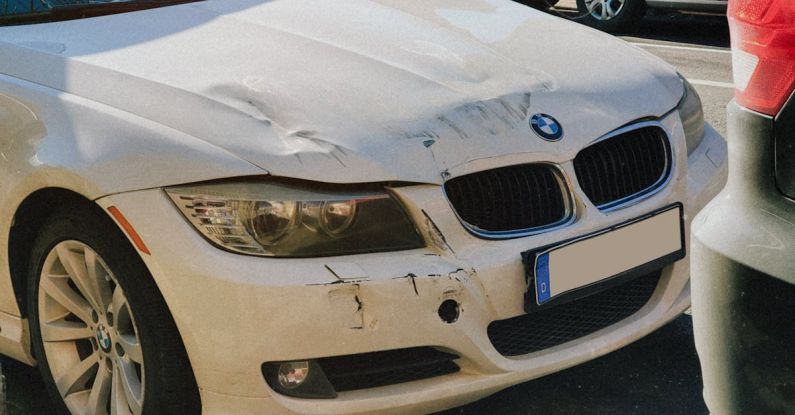
Maintaining a car involves various tasks, one of which is replacing the air filter. A car’s air filter plays a crucial role in ensuring the engine receives clean air for combustion. Over time, the air filter can become clogged with dirt and debris, affecting the engine’s performance. To keep your car running smoothly, it’s essential to know the steps to replace the air filter efficiently.
Checking the Air Filter
Before diving into the replacement process, it’s important to check the condition of the current air filter. To do this, locate the air filter housing under the hood of your car. The air filter housing is typically a rectangular or circular plastic case with clips or screws securing it in place. Open the housing carefully and remove the air filter.
Inspect the filter for any visible signs of dirt, debris, or damage. A dirty air filter will appear clogged with particles and may restrict airflow to the engine. If the filter looks dirty or worn out, it’s time to replace it.
Selecting the Right Replacement Filter
When replacing your car’s air filter, it’s crucial to choose the right replacement filter. There are different types of air filters available, including paper, foam, and cotton filters. Consider factors such as the manufacturer’s recommendations, your driving conditions, and budget when selecting a replacement filter.
It’s recommended to opt for a high-quality air filter that provides optimal filtration and airflow for your engine. While aftermarket filters may be cheaper, they may not offer the same level of performance and durability as OEM filters. Investing in a quality air filter can help improve your car’s fuel efficiency and overall performance.
Removing the Old Air Filter
Once you’ve selected the replacement filter, it’s time to remove the old air filter. Start by disconnecting the clips or screws securing the air filter housing. Carefully open the housing and remove the old air filter. Take note of how the filter is positioned inside the housing to ensure the new filter is installed correctly.
Inspect the air filter housing for any dirt or debris that may have accumulated. Use a clean cloth or a vacuum to remove any particles and ensure the housing is clean before installing the new filter.
Installing the New Air Filter
With the old filter removed and the housing cleaned, it’s time to install the new air filter. Position the new filter inside the housing, making sure it fits snugly and securely. Check that the filter is aligned correctly with the housing to prevent any gaps or air leaks.
Close the air filter housing and secure it in place with the clips or screws. Ensure the housing is properly sealed to prevent any unfiltered air from entering the engine. Double-check that the filter is installed correctly before closing the hood of your car.
Testing the New Air Filter
After replacing the air filter, it’s essential to test the new filter to ensure it’s functioning correctly. Start the engine and listen for any unusual noises or vibrations that may indicate a problem with the air filter installation. Take your car for a test drive to assess its performance and fuel efficiency with the new filter.
Regular Maintenance and Inspection
Replacing your car’s air filter is a simple yet essential maintenance task that can help prolong the life of your engine and improve your car’s performance. Make it a habit to check and replace the air filter according to the manufacturer’s recommendations to ensure your car runs smoothly.
By following these steps and staying on top of your car’s maintenance schedule, you can keep your engine healthy and running efficiently. Remember, a clean air filter is key to a happy engine and a smooth ride.





